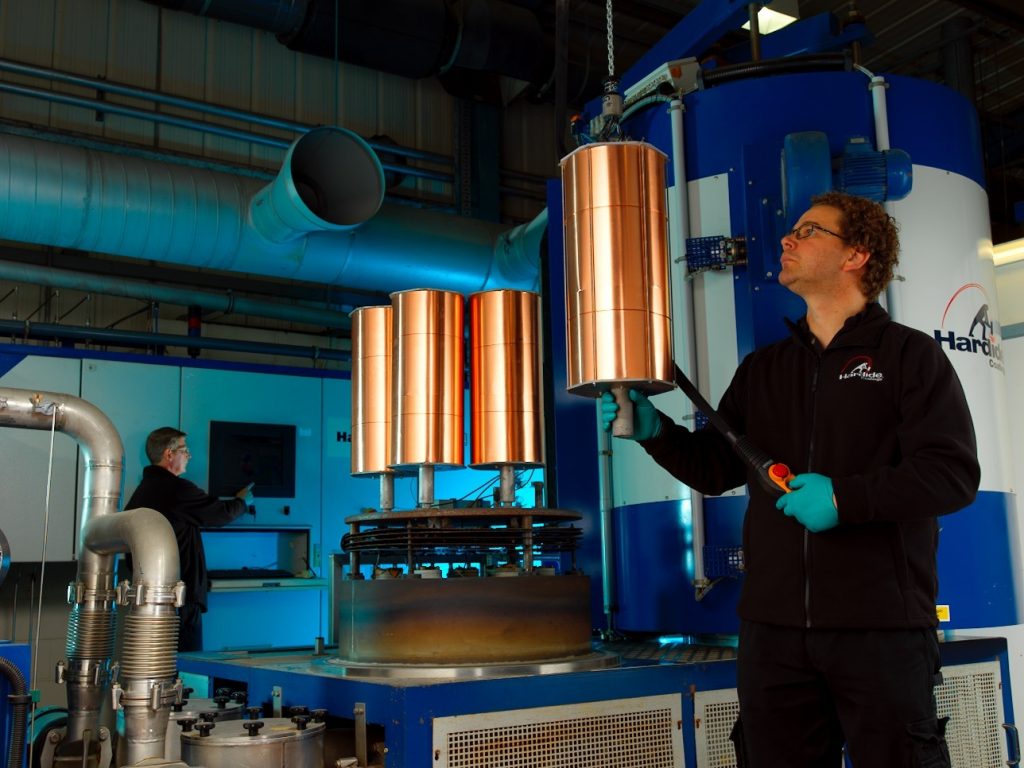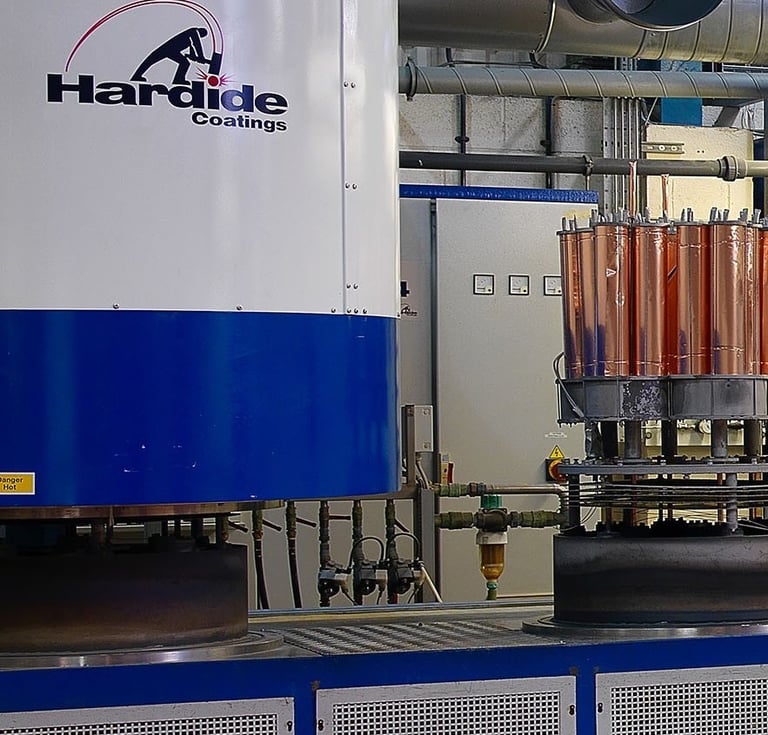Hardide plc (LON:HDD) Chief Executive Officer Philip Kirkham caught up with DirectorsTalk for an exclusive interview to discuss financial highlights from interim results, increased sales in energy & aerospace, power generation opportunities and what investors can expect going forward.
Q1: Interim results have now been published, can you talk us through the financial highlights please?
A1: Our half year revenue was really back up to the levels we saw just before COVID hit so we’re firmly back on this upwards trajectory that we were at that time.
Our sales were 22% ahead of what they were in the last six months of the previous financial year and our gross margin was up by 6 percentage points, up to 47%.This is as a result of the selling price increases we’ve put on, increased utilisation of kits and better leverage of fixed costs with the increasing volumes.
So, the result also benefited this year from a one-off property transaction that we did in Virginia, which completed in December.
The net effect of all this is that we achieved EBITDA breakeven for the six months and maintained a broadly neutral cash position as well.
So, we also have a robust profit and cash improvement plan well underway which is performing as expected, probably slightly better than expected, and should give us £0.5 million over the full year.
Q2: You mention total energy sales increased by 29% and the aerospace sector increased by 10%, can you tell us more about that and the reason for the increases in those sectors?
A2: The energy sector comprises predominantly of oil and gas business and power generation business, and overall, as you say, has a 29% increase in sales compared to the first half of the previous year.
In oil and gas alone, we saw a 54% increase in sales compared with the first half of last year, and this really reflects the ongoing recovery in the very buoyant sector and also some new customers into some new applications we gained. It wasn’t as strong as we’d expected as some customers are still experiencing long lead times and shortages of metal to produce the parts that we end coating, and also some difficulty in recruiting skilled staff to cope with this increasing demand.
We do expect revenue growth from oil and gas customers to continue in the second half of the year.
In aerospace, we started to see regular orders for Airbus aircraft wing components and early in May, this month, we were delighted to be approved for other parts for the A320 single aisle aircraft. These are currently being produced at a rate of 50 aircraft a month and Airbus are planning to increase that rate to 75 per month by 2026 so this should give us regular monthly volumes for an extended period.
The coating in this application is replacing hard chrome plate previously used on these parts, which is subject to REACH regulations that will see its production banned in the EU and UK from mid-2024. So, there’s a lot of focus on converting away from hard chrome generally at the moment.
Further components for the A320 are currently also being considered for Hardide, and in addition regular orders are also being received for the Leonardo Helicopters transmission components as well as ongoing orders for the Eurofighter Typhoon aircraft.
Q3: You refer to some exciting developments in the power generation sector, can you tell us more about the opportunities for the group in that sector?
A3: Power generation is a very exciting sector for us where we have a unique offering for the industry. We believe the coating of the blades and vanes for industrial gas turbines is one of the most promising growth areas for the group.
We’ve already successfully coated blades for Ansaldo Energia’s gas turbines and we’ve been working recently closely with a much larger global manufacturer of gas turbines for coating the vanes where we are expecting our first order in the next few months. Trials are also underway with other gas turbine manufacturers and we expect these to develop into revenue over the next year or so.
All of this has really come about because in 2019 we patented a new coating variant specifically aimed at turbine blades and vanes which gives protection against corrosion and erosion by water droplets. This has proven very successful with these new customers.
Q4: You’ve hinted at this already but what can investors expect from Hardide going forward?
A4: Well, continuing the upward trend of performance and getting towards our aim of EBITDA and operating cash neutrality for the full year which is a major objective for us.
As we mentioned in the statement, we’re well capitalised with sufficient coating capacity to cope with almost double the current runover across our two sites so no significant capital investment is foreseen at this time.







































